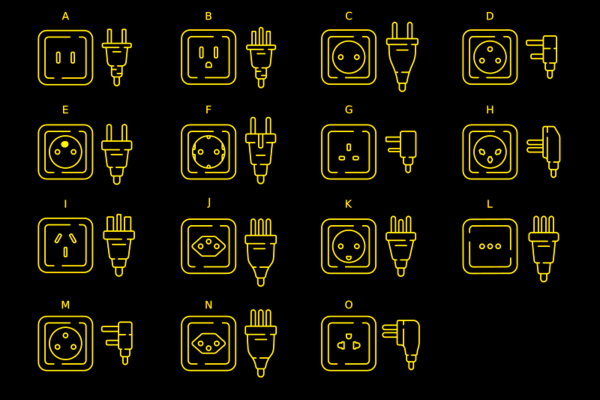[Piffpaffpoltrie] had a problem. They found the InLine VA40R to be a perfectly usable multimeter, except for a couple of flaws. Most glaring among these were the tiny sockets for the test probes. These proved incompatible with the probes they preferred to use, so naturally, something had to be done.
The desire was to see the multimeter work with [Piffpaffpoltrie]’s connector of choice: the 4 mm Multi Contact banana plug from Stäubli. Swiss-made, gold-plated, and highly reliable, nothing else would do. The original sockets on the multimeter were simply too small to properly accept these, so to make them work, they were machined down, drilled, tapped, and then fitted with a short M3 screw which was then soldered in place. This short length of thread then allowed the new sockets to bolt right into the PCB in place of the original sockets.
Ultimately, many would just buy a new multimeter. This hack is a fiddly and time-consuming one, but it’s kind of neat to see someone go to such lengths to customize their tools to their own satisfaction.
We don’t see a lot of multimeter hacks, because these tools usually get all the necessary features from the manufacturer. Still, the handful we’ve featured have proven most interesting. If you’re tinkering away at customizing your own test gear, don’t hesitate to drop us a line!




 What if a socket on your phone or laptop fails? First off, it could be due to dust or debris. There’s swabs you can buy to clean a USB-C connector; perhaps adding some isopropyl alcohol or other cleaning-suitable liquids, you can get to a “good enough” state. You can also reflow pins on your connector, equipped with hot air or a sharp soldering iron tip, as well as some flux – when it comes to mechanical failures, this tends to remedy them, even for a short period of time.
What if a socket on your phone or laptop fails? First off, it could be due to dust or debris. There’s swabs you can buy to clean a USB-C connector; perhaps adding some isopropyl alcohol or other cleaning-suitable liquids, you can get to a “good enough” state. You can also reflow pins on your connector, equipped with hot air or a sharp soldering iron tip, as well as some flux – when it comes to mechanical failures, this tends to remedy them, even for a short period of time.









